BY ANGELA FAIRHURST
Situated in Northern Virginia, the county of Arlington is more than just a suburb of Washington, D.C. It’s a vibrant community pulsating with energy, innovation, and a deep-rooted commitment to sustainability. As the nation’s inaugural LEED Platinum- certified community, Arlington sets the standard for environmentally responsible travel destinations in the United States, offering visitors a glimpse into a greener future.
Arlington prioritizes water conservation through initiatives such as its enhanced Ballston Pond and the Northern Virginia Rain Barrel Program, which help manage stormwater runoff and reduce water pollution.
As home to Reagan National Airport, the county is easily connected to every major hub across the nation. The 26-square-mile walkable and bikeable county has 11 metro rail stations, four metro lines, and close to 60 neighborhood and civic associations. From trendy neighborhoods like Shirlington and Clarendon to the bustling urban center of Rosslyn, Arlington’s charm extends far beyond its county limits.
LEED PLATINUM: A TESTAMENT TO SUCCESS
Arlington’s LEED Platinum certification is more than just a badge of honor; it’s a testament to the county’s unwavering dedication to sustainability. By slashing greenhouse gas emissions and championing environmental stewardship, Arlington has emerged as a beacon of hope in the fight against climate change and sets a standard for others to follow. This certification isn’t just about buildings; it’s about prioritizing the health and well-being of every resident and visitor who sets foot in Arlington.
WATER CONSERVATION EFFORTS
A cornerstone of Arlington’s environmental initiatives is its commitment to water conservation. The enhanced Ballston Pond exemplifies this effort. Originally designed as a stormwater detention facility to manage runoff from Interstate 66, the pond has been transformed into a critical component of Arlington’s water management strategy. This enhancement helps reduce sediments, litter, nutrients, and other pollutants, significantly improving the quality of water entering local waterways.
“The Watershed Programs team delivers Arlington County’s regulatory and stewardship programs for our local water quality and stream health and resiliency,” explains Jason Papacosma, watershed programs manager for the Office of Sustainability and Management in Arlington County. “We cover a lot of ground, inspecting businesses and construction sites to prevent pollution, responding to spills and dumping, repairing eroded streams and their banks, and making sure new homes, buildings, and even county projects have the right stormwater management systems and ecological features. The work has become even more critical with the changing climate.”
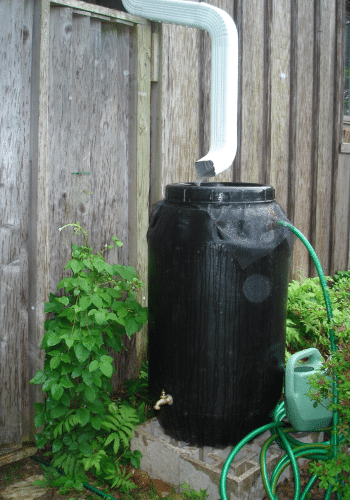
Community involvement is also a key part of Arlington’s strategy, highlighted by the Northern Virginia Rain Barrel Program. This initiative encourages residents and businesses to install rain barrels to capture and reuse rainwater, reducing the demand on municipal water supplies and mitigating stormwater runoff during heavy rains.
Arlington Re-Gen represents a progressive leap in sustainable water management. This $175 million biosolids upgrade project focuses on resource recovery and safe, sustainable operations at the Arlington County Water Pollution Control Plant. By converting wastewater into valuable resources, Arlington Re-Gen significantly enhances water quality and contributes to environmental health and community well-being.
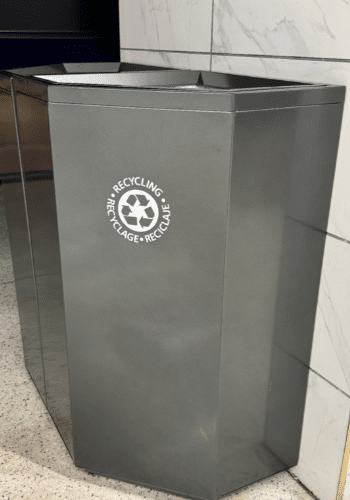
“What we do here in Arlington for water quality matters to our regional neighbors and beyond,” Papacosma adds. “We share Four Mile Run with Alexandria, Falls Church and Fairfax County, and share the Potomac River with the District of Columbia. We’re all part of the larger Chesapeake Bay watershed — the largest and most productive estuary in the United States — and put a tremendous amount of work into helping restore and protect this vital national resource.”
NATURE’S PLAYGROUND
Arlington boasts more than 157 parks and nature centers, inviting visitors to embrace the great outdoors. From leisurely strolls along scenic trails to birdwatching in tranquil green spaces, Arlington’s outdoor sanctuaries offer a welcome escape from the hustle and bustle of city life. Managed by the federal government, Theodore Roosevelt Island stands as a testament to Arlington’s dedication to preserving natural beauty, offering visitors a serene retreat amidst the urban jungle.
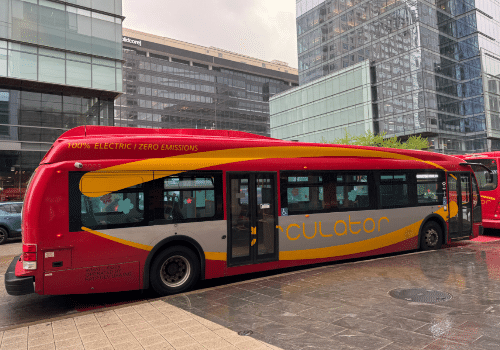
ART AND SUSTAINABILITY
In Arlington, sustainability and artistic expression merge seamlessly, creating a vibrant cultural landscape. The “Arlington Art Walk” guides visitors through galleries, studios, and public art between Clarendon and Ballston, offering a glimpse into the community’s creative spirit. At the heart of this artistic journey lies the Museum of Contemporary Art Arlington (MoCAA), housed in a historic school building since 1976. With the Reclining Liberty Sculpture in front, nine galleries, and working studios, MoCAA showcases local and international talent, symbolizing Arlington’s commitment to both artistry and sustainability.

HONORING THE PAST, PROTECTING THE FUTURE
Arlington National Cemetery is a sacred tribute to the men and women who sacrificed everything for their country. This hallowed ground serves as the final resting place for thousands of veterans, dignitaries, and notable figures, honoring their service and sacrifice. While paying homage to the past, Arlington National Cemetery embraces a commitment to environmental stewardship through sustainable landscaping practices, water conservation efforts, and habitat preservation initiatives. Recycling programs, energy-efficient lighting, and green landscaping techniques, all managed by the federal government, ensure that the cemetery’s over 10,000 trees and 639 acres remain pristine while minimizing its environmental footprint. During the spring season, the cemetery is adorned with a magnificent display of cherry blossoms in bloom, adding a touch of natural beauty. Arlington ensures that this sacred space remains pristine for generations to come.
PEDALING TOWARDS CHANGE
For those eager to explore Arlington on two wheels, the county’s 109 bike-share stations offer a convenient and eco- friendly way to get around. Cycling isn’t just about reducing carbon emissions; it’s about embracing a sustainable way of life. With bike-friendly infrastructure and dedicated pathways, Arlington encourages visitors to pedal their way toward a greener future.
ELECTRIC VEHICLES & RECYCLING
The Arlington County Equipment Bureau includes 100+ electric vehicles used by the county and Arlington Public Schools. The county has some electric buses in use and is moving towards an all-electric fleet. Other electrification efforts include EV stations throughout the destination and e-bikes as an alternative to cars.
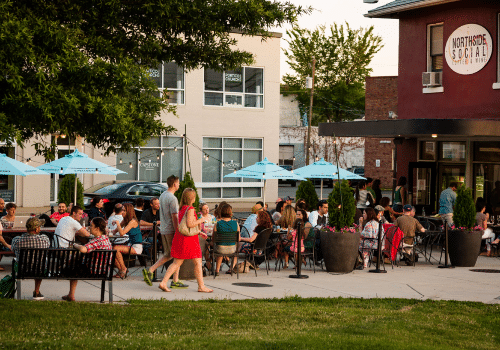
Noticeably, all refuse cans throughout the county contain two bins— one for trash to be sent to the landfill and one for waste that can be recycled.
GREEN DINING ARLINGTON: A TASTE OF SUSTAINABILITY
Green Dining Arlington brings together local restaurants to champion green dining practices. From sourcing locally grown ingredients to reducing waste and energy consumption, participating eateries embody Arlington’s commitment to sustainability. Whether it’s breakfast or lunch at the Southern-inspired flavors of celebrity chef David Guas’ Bayou Bakery; a beautiful latte and one of the fresh-baked pastries from Northside Social Coffee & Wine; a dinner of responsibly sourced seafood at Seamore’s; or a bite at the farm-to-table Copperwood Tavern, every meal supports businesses dedicated to environmental stewardship.
CHAMPIONING CLIMATE ACTION
Bill Eger, Arlington County’s Chief Climate Policy Officer, leads the charge in advancing sustainability initiatives and combating climate change. Through collaboration with county departments, regional partners, and community members, Eger spearheads efforts to enhance Arlington’s resilience and promote collective action. His visionary leadership underscores Arlington’s commitment to tackling environmental challenges head-on.
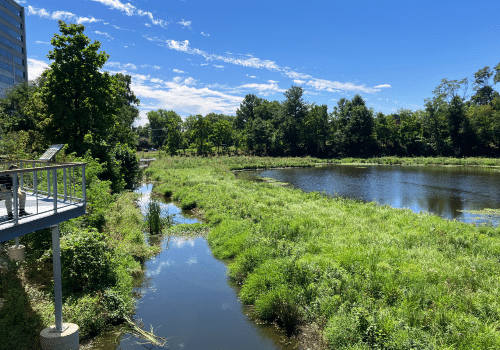
As Arlington continues to pave the way towards a greener future, it invites cities worldwide to join the journey of sustainability, one mindful choice at a time. From LEED-certified buildings, vast water conservation initiatives, and eco-friendly dining options, Arlington proves that a sustainable lifestyle isn’t just a dream — it’s a reality waiting to be embraced.






